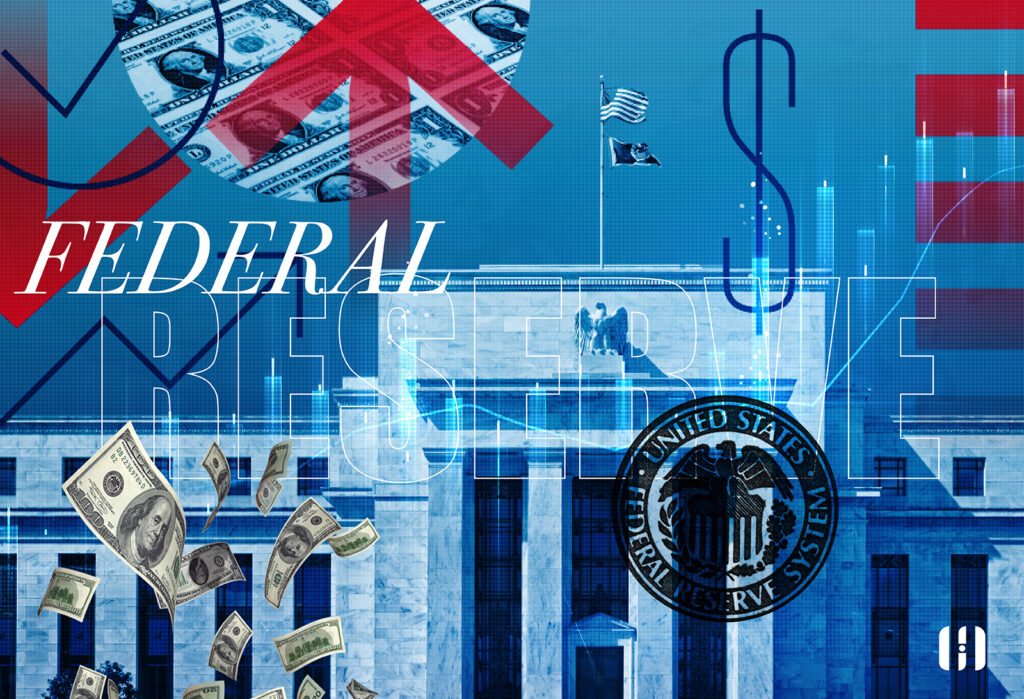Did you know that the Federal Reserve, although it does not physically print bills, controls the amount of money in circulation in the U.S.? The Federal Reserve, commonly known as the Fed, is the central bank of the United States. With a unique mix of public-private character, it comprises a total of 12 central banks located in the country’s major cities. Established in 1913, the Fed was set up to provide an effective response to banking crises and ensure monetary stability.
Mandate and Oversight
The Fed oversees banking institutions and strives to ensure monetary policy stability. Although it enjoys autonomy in many of its decisions, it is not exempt from political responsibilities. Its chair is nominated by the U.S. president and confirmed by the Senate. Additionally, the Fed periodically reports to Congress on its activities, submitting a biannual report that is reviewed by both chambers.
Key Functions
Monetary Policy
The Fed has the ability to influence the money supply. It can do this through open market operations, either by buying financial instruments to increase the amount of money in circulation (thus reducing interest rates) or selling financial assets to withdraw money (increasing interbank interest rates).
Intervention in Times of Crisis
Over the years, the Fed has had to intervene in various crises, like the financial crisis of 2008. In these cases, it has used a variety of tools to stabilise the economy, from lowering interest rates to providing credit lines to troubled institutions.
Discount Rate
The Fed sets discount rates that influence the money supply. This rate represents the interest that the Reserve charges private banks when lending them capital.
Federal Reserve Objectives
- Price Stability: Protect the purchasing power and prevent spirals of uncontrolled deflation or inflation.
- Interest Rate Moderation: Ensure that interest rates favour investment and spending, depending on the economic cycle.
Conclusion
The Federal Reserve plays a crucial role in the economic health of the U.S. Its influence and decisions impact not only the American economy but the global economy. With over a century of existence, the Fed has proven to be a resilient and adaptable institution, facing challenges and evolving over time. Therefore, just like the European Central Bank, the Federal Reserve is responsible for monetary stability in the United States, as well as price stability and long-term interest rate moderation.
The Fed or Federal Reserve and Its Impact on the Mexican Economy
The Federal Reserve (Fed) is none other than the central bank of the United States. Although it is geographically north of our border, the decisions this entity makes have significant reverberations on the Mexican economy due to the close trade and financial relationship between both countries.
This public-private entity comprises a total of 12 central banks located in various major cities in the U.S. Born in 1913, the Fed was established to provide stability to the American financial system.
The Fed’s main job is to oversee banking institutions to ensure monetary policy stability in the United States. However, due to the economic interdependence of Mexico and the United States, the Fed’s monetary policies can influence variables like the exchange rate, investments, and interest rates in Mexico.
Although the Fed enjoys autonomy in many of its decisions, its regulation is subject to the U.S. Congress. Moreover, the Fed’s chair is nominated by the U.S. president and confirmed by the Senate.
One of the Fed’s most potent tools is the ability to control the amount of money in circulation. Its decisions on interest rates and open market operations have a domino effect on global markets, including the Mexican one.
For instance, when the Fed raises its interest rates, it often results in the appreciation of the dollar, which can affect Mexican exports, the value of the peso, and the dynamics of foreign investment in our country.
So, why should what the Federal Reserve does matter to us in Mexico?
- Impact on Exchange Rate: The Fed’s monetary policy decisions can influence the peso-dollar parity, directly affecting Mexico’s exports, imports, and external debt.
- Investments: A higher interest rate in the U.S. could attract investors looking for better yields, potentially reducing investment in emerging markets like Mexico.
- Economic Stability: The trade relationship between Mexico and the U.S. is vital. Any significant change in the U.S. economy, driven by the Fed’s decisions, has the potential to impact our economy.
In summary, although the Federal Reserve operates outside our borders, its shadow extends to Mexico. It is essential for Mexican investors, entrepreneurs, and policymakers to keep abreast of its movements and anticipate possible effects on our economy.




